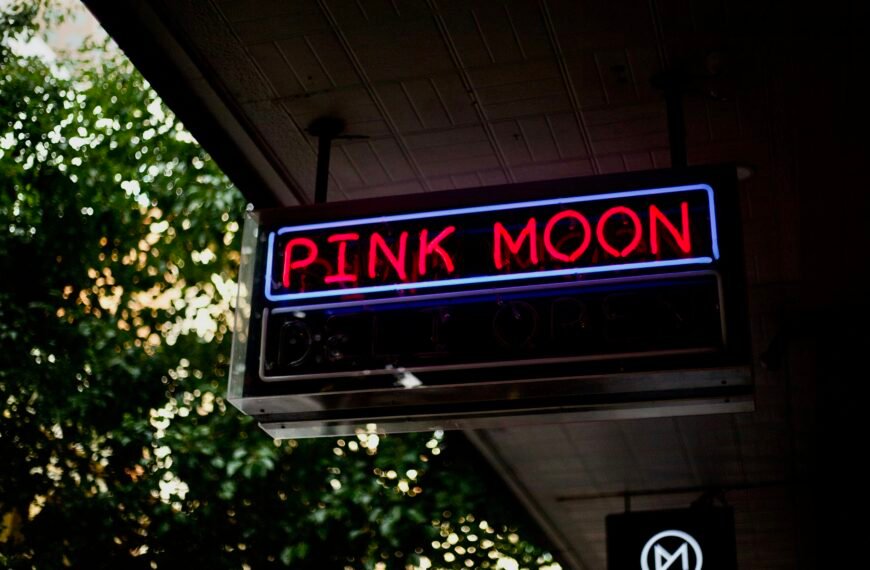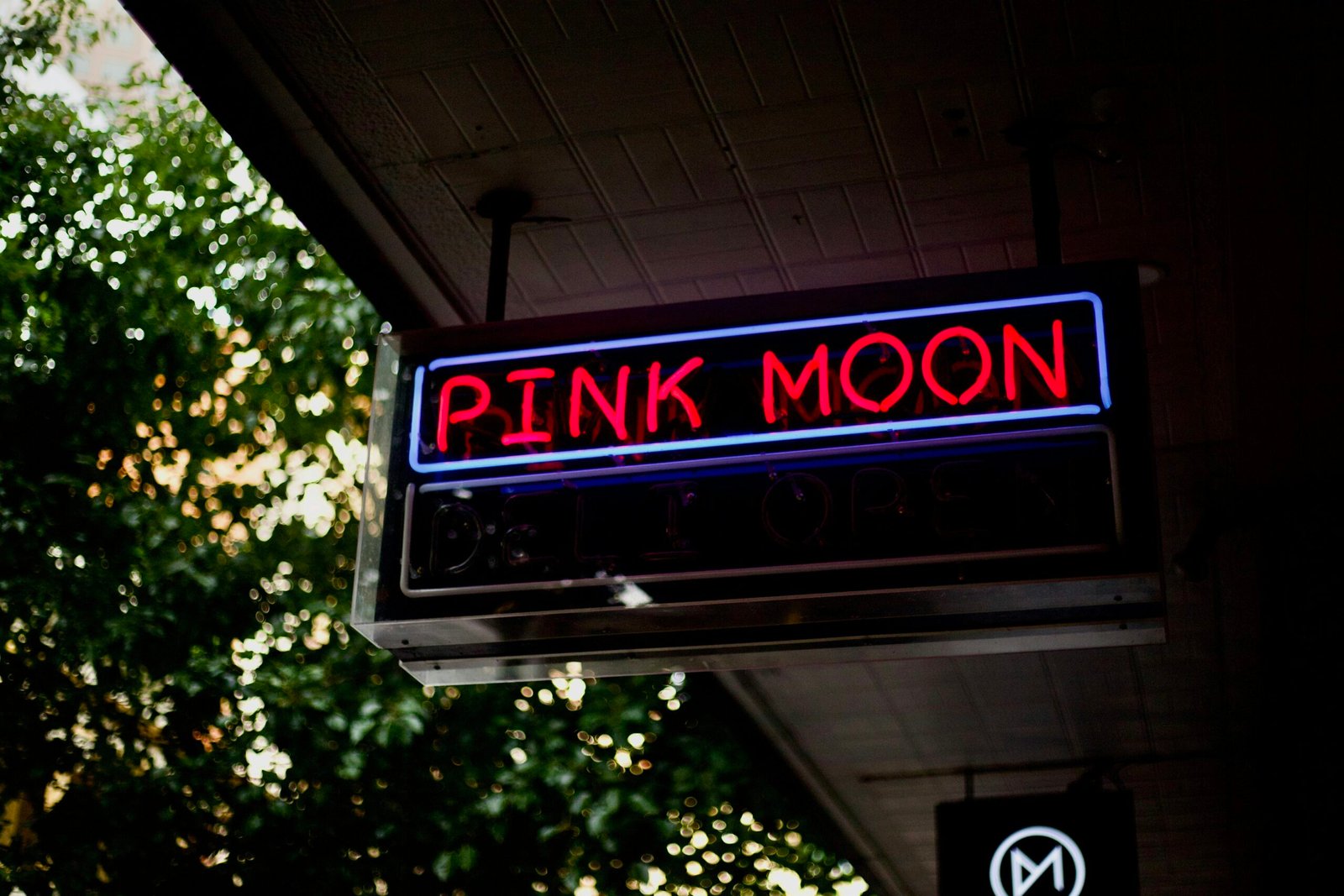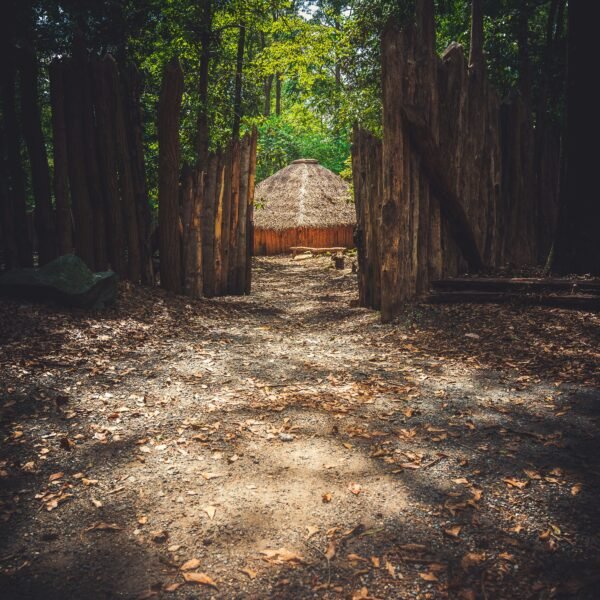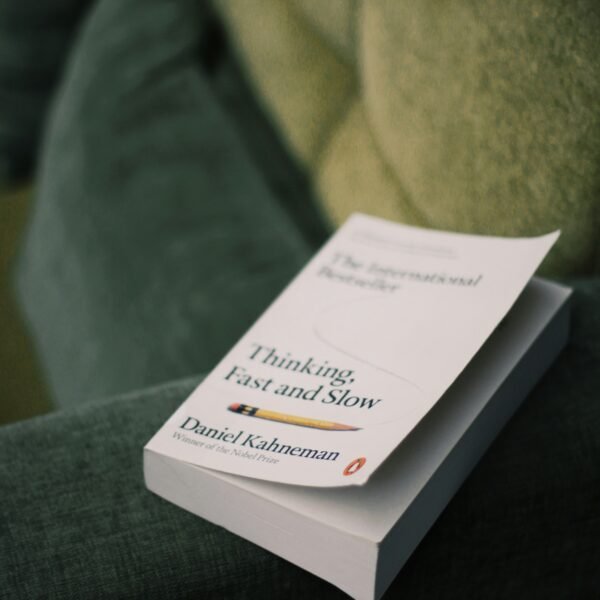Small New York City museums are facing closures as they navigate through economic challenges, with one quarter of cultural institutions dipping into reserves or endowments to cover expenses. Prominent museums like the Center for Italian Modern Art and Fotografiska New York are either ceasing operations or looking for new locations due to the tough financial climate. The Rubin Museum of Art is also undergoing transformations by focusing on traveling exhibitions and loans to other institutions in order to redefine the museum experience. The evolving landscape of these small museums reflects the changing dynamics of the city’s artistic scene, highlighting the need for innovative approaches to sustain these cultural gems.
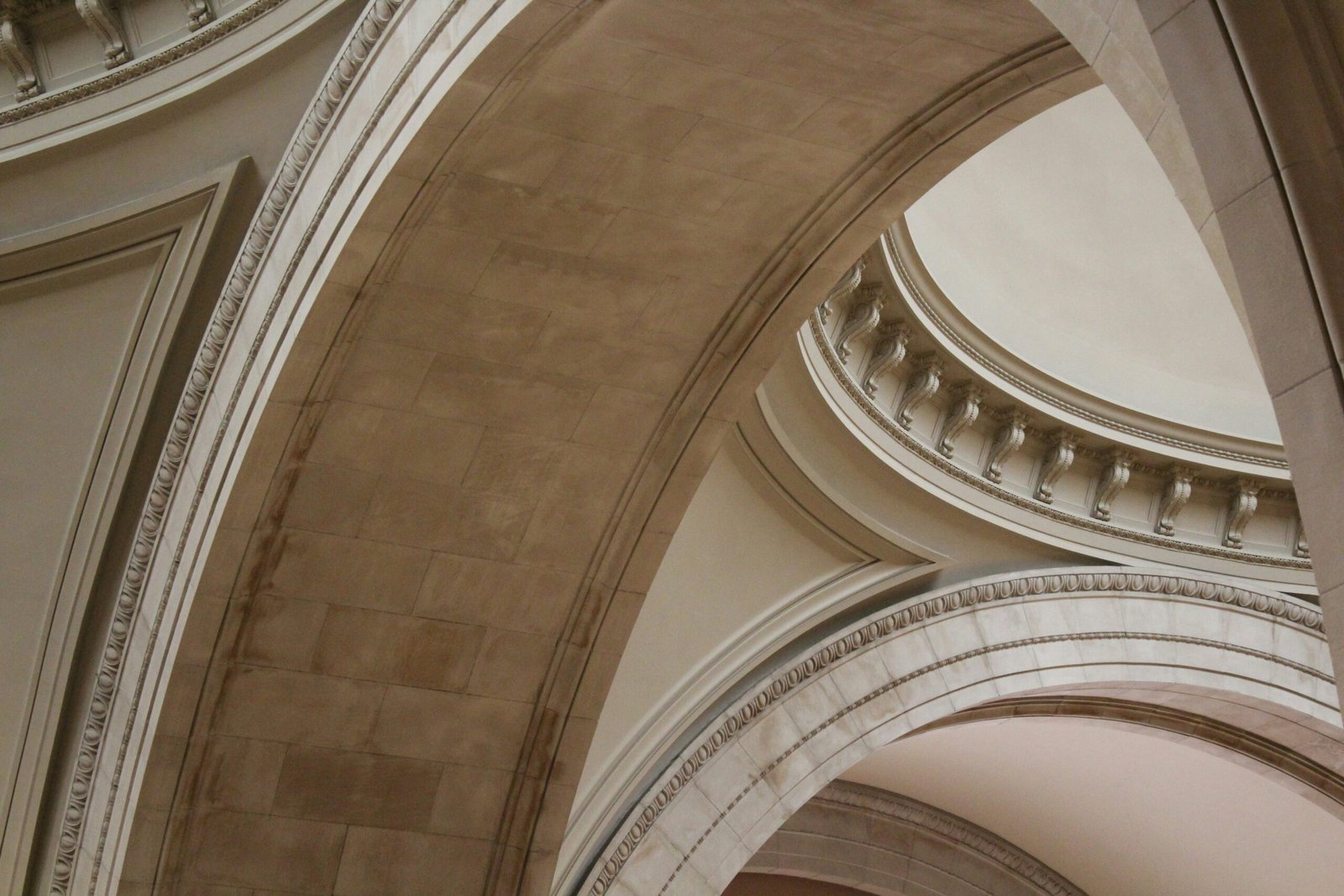
Small New York City Museums Facing Closure
It’s a sad reality that many small museums in New York City are facing closure due to economic challenges. This impacts the artistic scene and cultural landscape of the city. Let’s dive into the reasons behind these closures and what this means for the future of these institutions.
Center for Italian Modern Art Shuts Down
The Center for Italian Modern Art in Manhattan’s SoHo neighborhood recently closed its doors after more than a decade. This closure highlights the financial difficulties faced by small museums in sustaining their operations in the city.
Fotografiska New York Seeks a New Home
Fotografiska New York, a photography museum in Gramercy Park, is also in a precarious situation. The museum is actively looking for a new location while laying off employees due to financial reasons. The struggle to find a new home is indicative of the challenges these institutions are facing.
Rubin Museum of Art Transforms
The Rubin Museum of Art in Chelsea is undergoing significant changes, including the sale of its building and a reduction in staff. The museum is shifting its focus towards traveling exhibitions and long-term loans to other institutions, redefining its role in the art community.
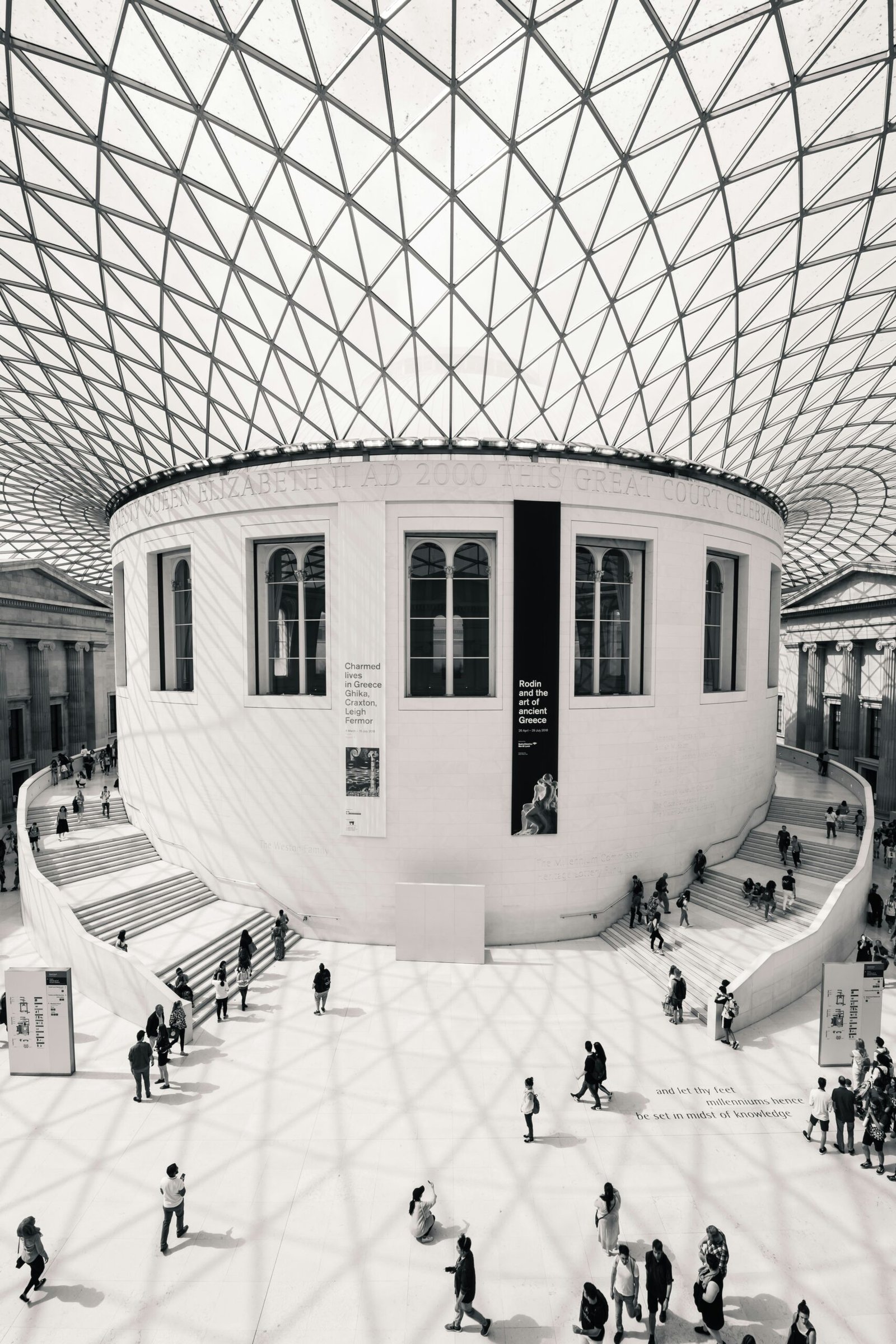
Reasons Behind the Closures
The closures of small museums in New York City are driven by a combination of financial challenges and the changing landscape of the art world. Let’s explore some of the key reasons why these institutions are facing closure.
Economic Climate
The challenging economic climate, especially in the wake of events like the COVID-19 pandemic, has had a substantial impact on the financial stability of small museums. Declining revenue, reduced attendance, and increased operating costs are all contributing factors to the closures.
Lack of Endowments
Many small museums rely on donations, sponsorships, and grants to cover their operating expenses. However, the lack of substantial endowments or reserves makes these institutions vulnerable to financial crises, forcing them to consider closure as a last resort.
Shift in Cultural Values
The shifting cultural values and preferences of audiences in New York City also play a role in the closures of small museums. With changing interests and priorities, these institutions struggle to attract visitors and remain relevant in a rapidly evolving art scene.
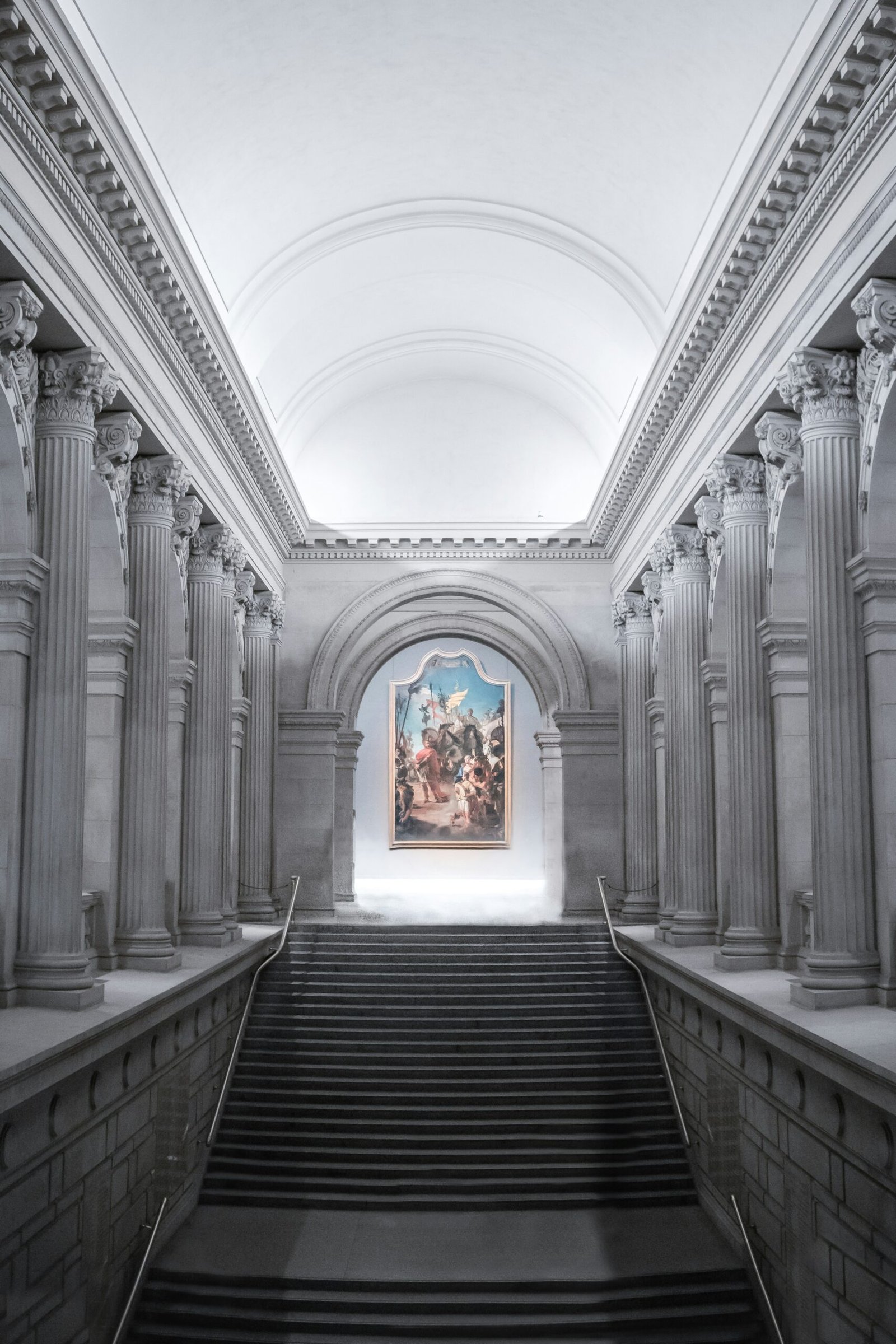
Impact on the Artistic Scene
The closure of small museums in New York City has far-reaching implications for the artistic scene and cultural landscape of the city. Let’s delve into the potential impact of these closures on artists, audiences, and the community at large.
Loss of Cultural Heritage
Small museums often serve as guardians of cultural heritage, preserving and showcasing artwork that may not be found in larger, more mainstream institutions. The closure of these museums results in the loss of important cultural artifacts and narratives.
Displacement of Artists
Many artists rely on small museums as platforms to exhibit their work and connect with audiences. The closure of these institutions disrupts the ecosystem that supports emerging and established artists, leaving them with fewer opportunities to showcase their creativity.
Diminished Access to Art
For many New Yorkers, small museums serve as accessible and intimate spaces to engage with art and culture. The closure of these institutions limits the diversity of experiences available to audiences, reducing the opportunities for meaningful cultural engagement.
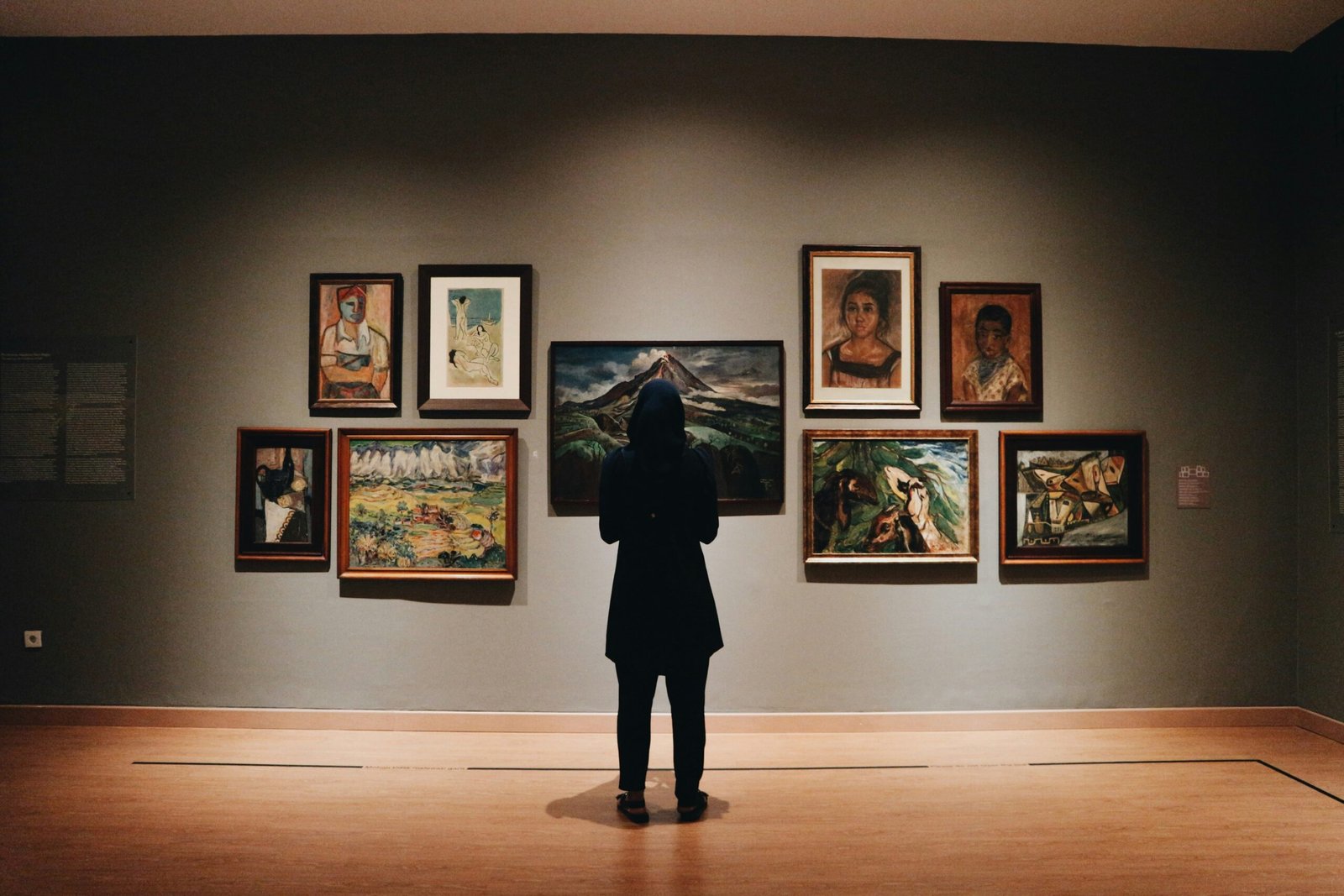
Future Prospects and Solutions
While the closure of small museums in New York City is a cause for concern, there are potential solutions and strategies that can help mitigate the challenges faced by these institutions. Let’s explore some ways to support and sustain the cultural vitality of these museums.
Collaborations and Partnerships
Encouraging collaborations and partnerships between small museums, larger institutions, universities, and other stakeholders can help create sustainable models for funding and operations. Sharing resources and expertise can strengthen the resilience of these museums in the face of financial uncertainties.
Diversifying Revenue Streams
Exploring alternative revenue streams such as memberships, merchandise sales, online exhibitions, and fundraising events can provide small museums with additional sources of income. Diversification can help offset the reliance on traditional funding sources and safeguard against financial downturns.
Community Engagement
Engaging with the local community and building a strong network of supporters can help small museums build a loyal audience base and generate interest in their programming. Community-centered initiatives, outreach programs, and educational activities can foster a sense of belonging and ownership among visitors.
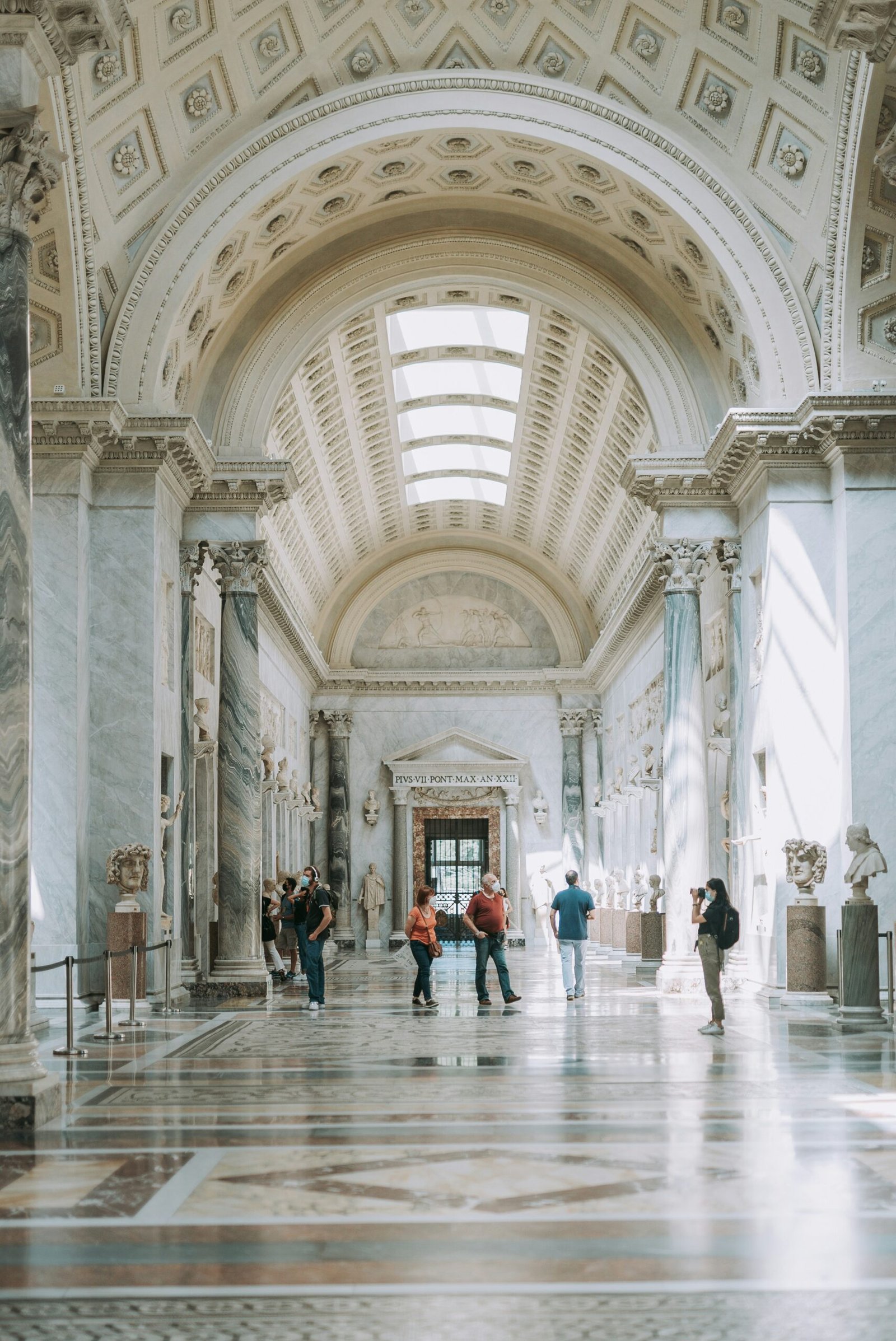
Conclusion
The closure of small museums in New York City is a sobering reminder of the challenges faced by cultural institutions in the current economic climate. While the future may seem uncertain for these museums, there is hope in the resilience and creativity of the art community. By coming together, supporting each other, and envisioning new possibilities, we can ensure that the cultural vibrancy of New York City remains alive and thriving.

